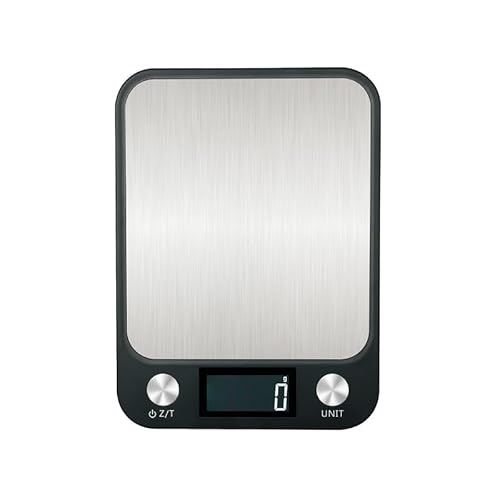The Bioterge is a name brand version of generic C14-16 olefin sulfonate.
I've subbed polysorbate 80 for C14-16 and I'm sure CAPB would work too. PS80 and CAPB are probably not as bubbly as C14-16, but IMO these surfactants are included to add mildness, not bubbles, and also be a source of liquid in the recipe. The SCS will make plenty of bubbleage.
I've subbed polysorbate 80 for C14-16 and I'm sure CAPB would work too. PS80 and CAPB are probably not as bubbly as C14-16, but IMO these surfactants are included to add mildness, not bubbles, and also be a source of liquid in the recipe. The SCS will make plenty of bubbleage.












































 I’m going to see what adding d-limonene does to these bars next.
I’m going to see what adding d-limonene does to these bars next.